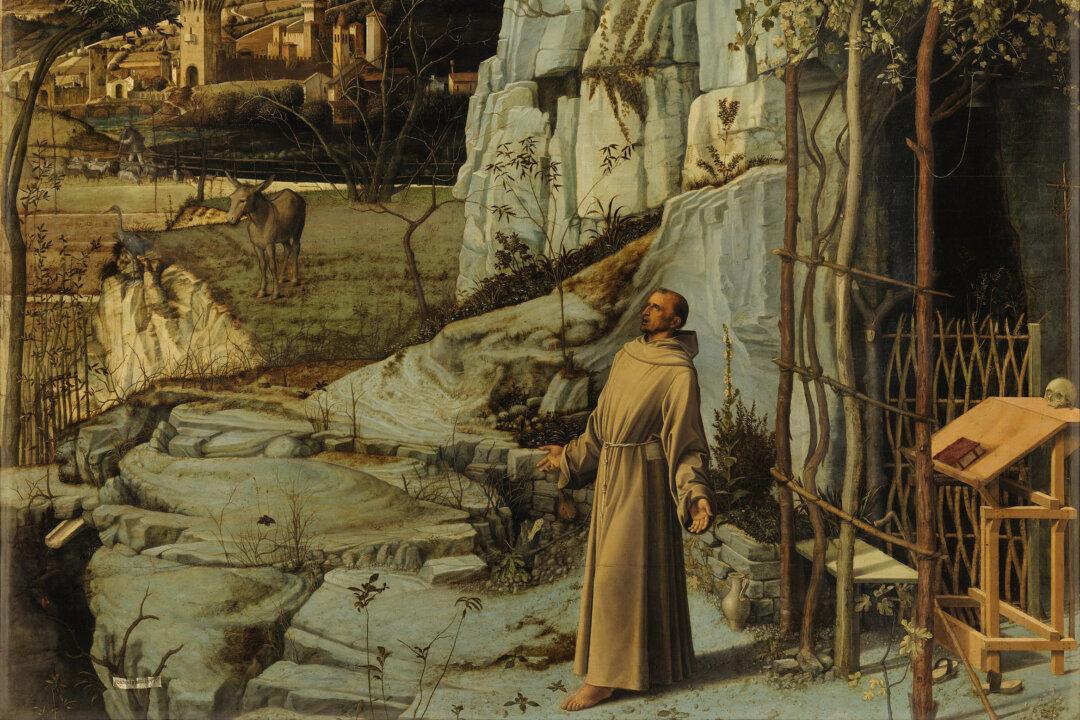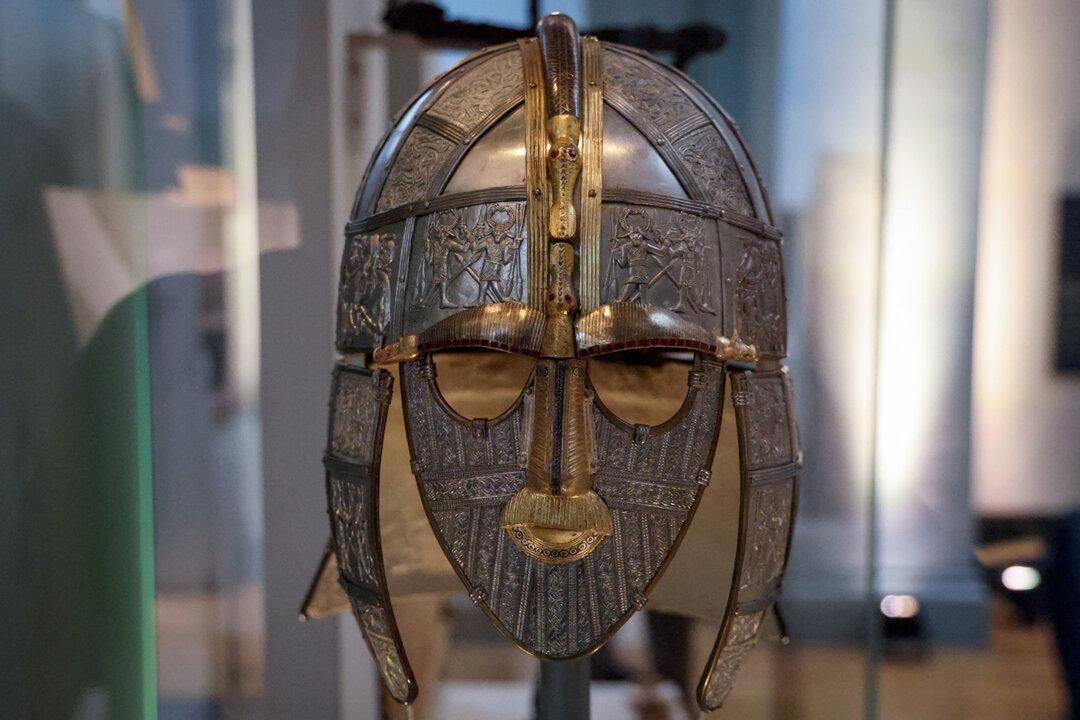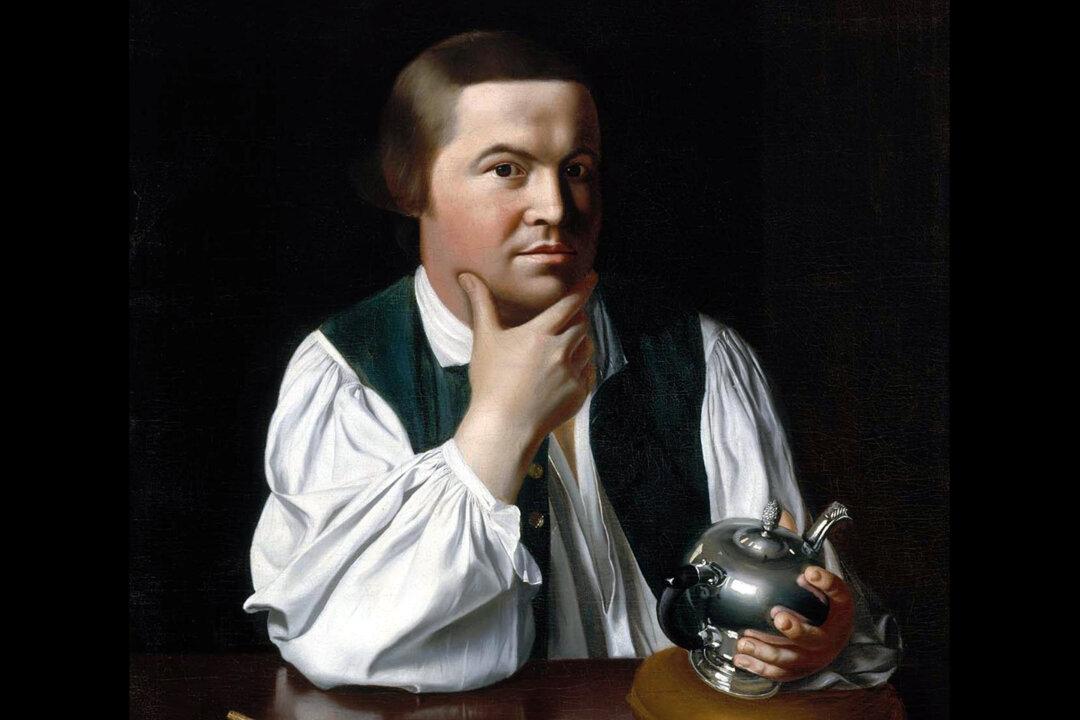Scholars trace the origins of the internationally popular game of chess to around sixth-century India. From there, the board game traveled to the Middle East and then to Europe, evolving along the way. In medieval Europe, chess was a popular pastime for society’s elite, but it also reflected deeper meanings: Playing the game indicated a high degree of courtliness and chivalry. It was also a way to develop and display warlike strategic skills.
In medieval Europe, the physical form of chess pieces developed into figures used today. For example, the Indian elephant piece became a bishop. The vizier, or adviser, piece to the king transformed into a queen. In fact, her sorrowful facial expression derives from contemporaneous depictions of the Virgin Mary grieving her son.





